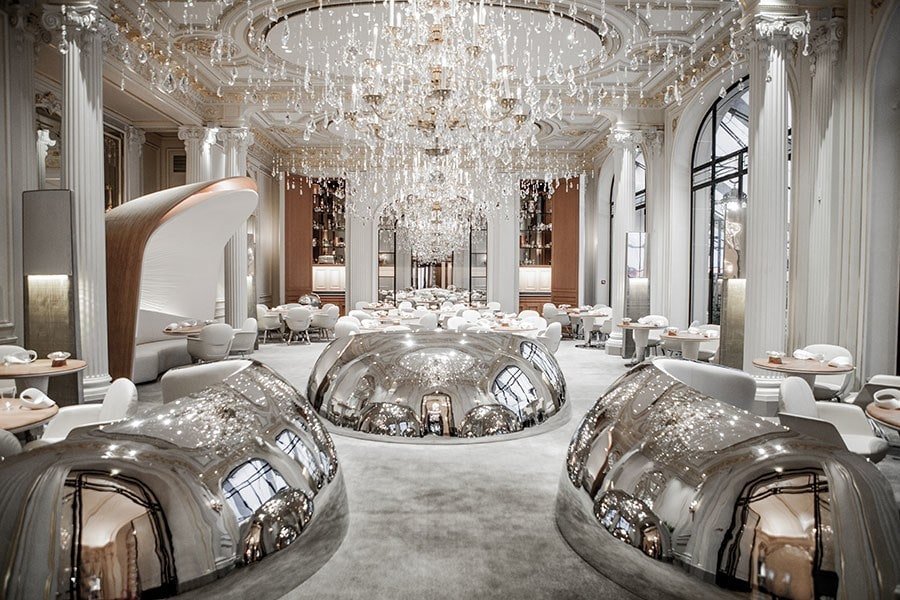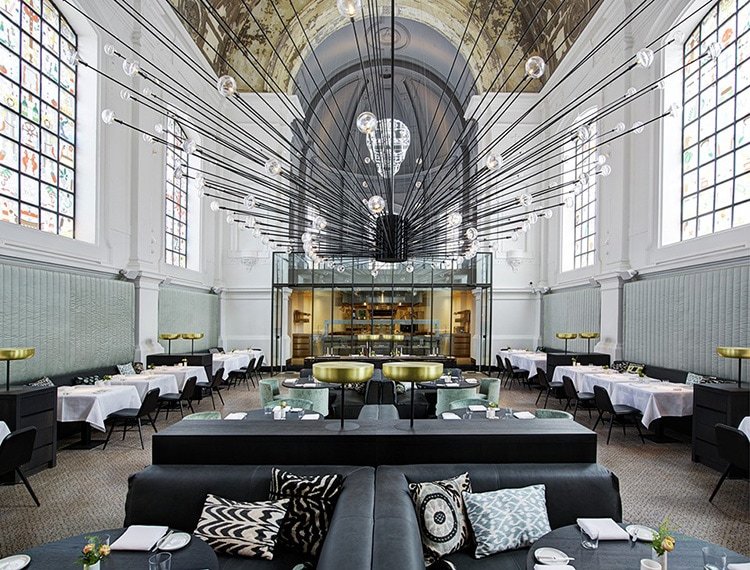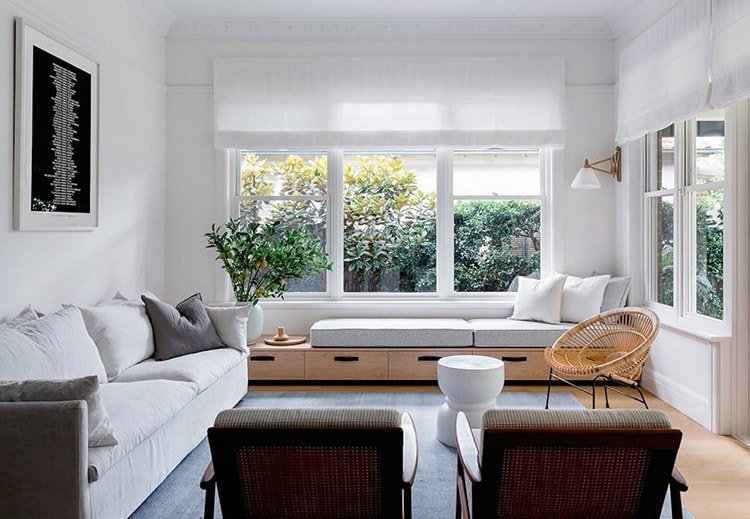
Restaurant Renovations and Design Trends That Could Turn Tables in 2020
With the evolving landscape of global travellers and a growing number of people choosing to dine out more, restaurant renovation is booming as the industry seeks to become competitive, efficient and sustainable. Integrating experience-driven design, ambience and menus to create a

Restaurant Design and Interior Layout - The Ultimate Guide
These days, eating out is an opportunity to immerse oneself in not only good food and conversation but in an environment that makes the ordinary world feel far, far away. It is a balanced mix of architects, interior designers, engineers,

Small Bathroom Design Ideas to Make the Most of Your Space
Bathroom layouts can be challenging, but a small, dark and uninspiring bathroom can be particularly frustrating. Are you ready to finally give yours an overhaul? Well, if your bathroom is short on space, there’s no better time to give it

Small Living Room Ideas to Maximize your Space
Size is not measured in square feet; hence the best living room designs are those that balance the use of limited space, smart storage, and functional furniture. It's only natural to want your home to look and feel it's absolute best

Ways to Incorporate a Pop of Color Into Any Space
Moving away from well-curated and sophisticated neutrals, modern trends are feeling braver and edgier with bold and bright color choices. The best aesthetics always have a story to tell; bringing a sense of adventure to any space in a variety

7 Practical Design Ideas to Make Your Home Look Luxurious
Luxurious homes have a distinctive aura about them; they exude sophisticated flair, feel spacious and effortless, and are expensive, most of the time. But the secret to homes that look elegant and opulent is that not everything in them actually

5 Easy Interior Design Trends That You Can Add to Your Home
Entertaining during the holidays and looking to jazz up your home? Or are you simply on the lookout for an easy way to freshen up your home? Here are 5 easy ways to add some drama to any space! Geometric Patterns Geometric patterns have
